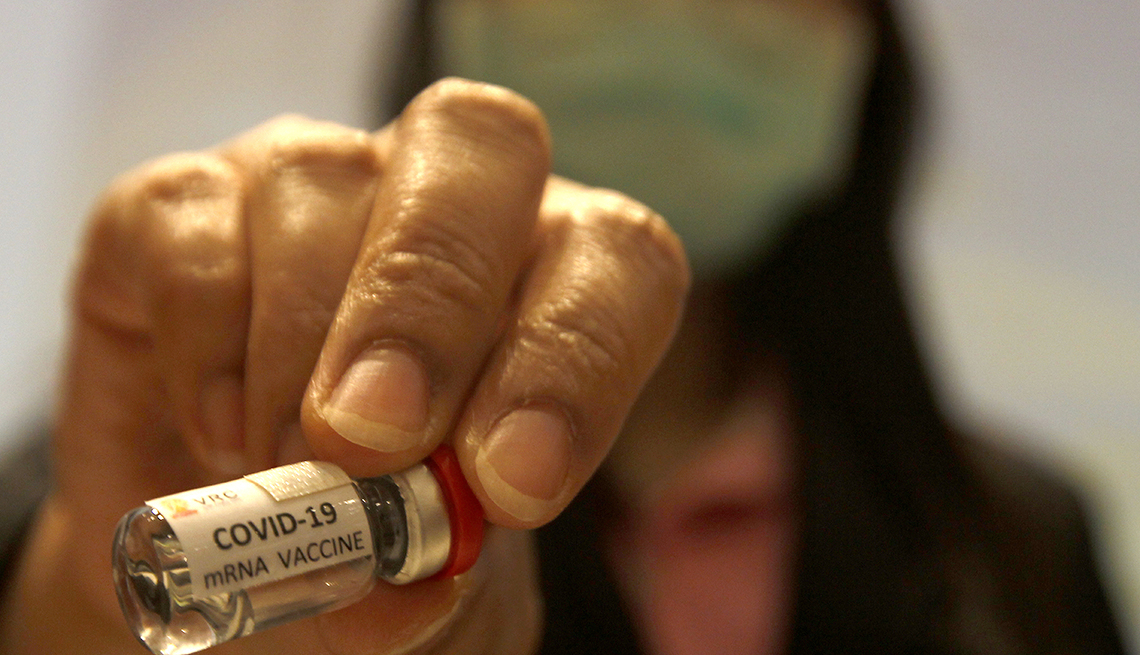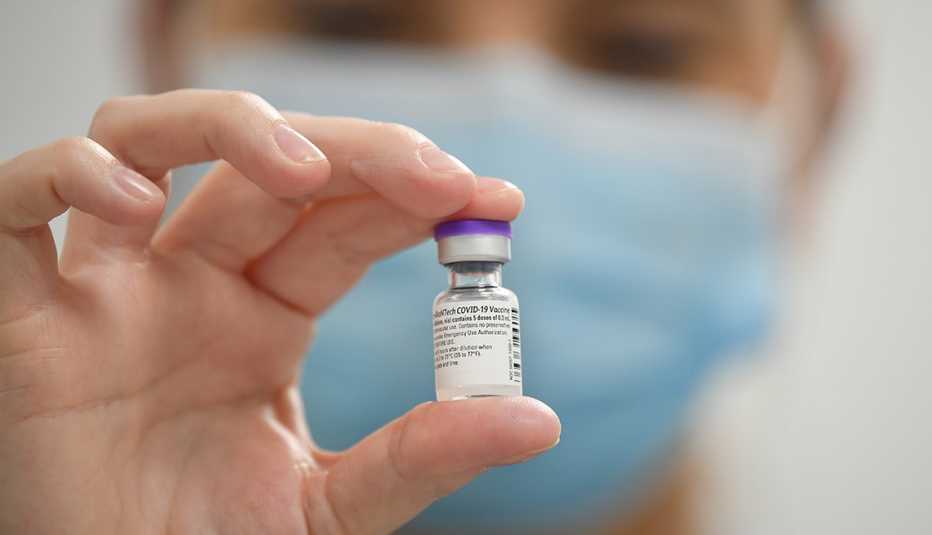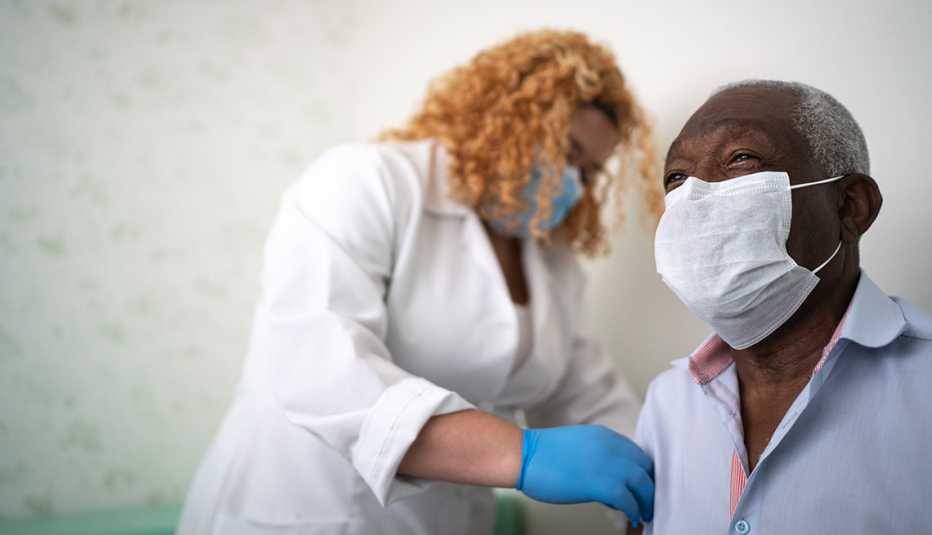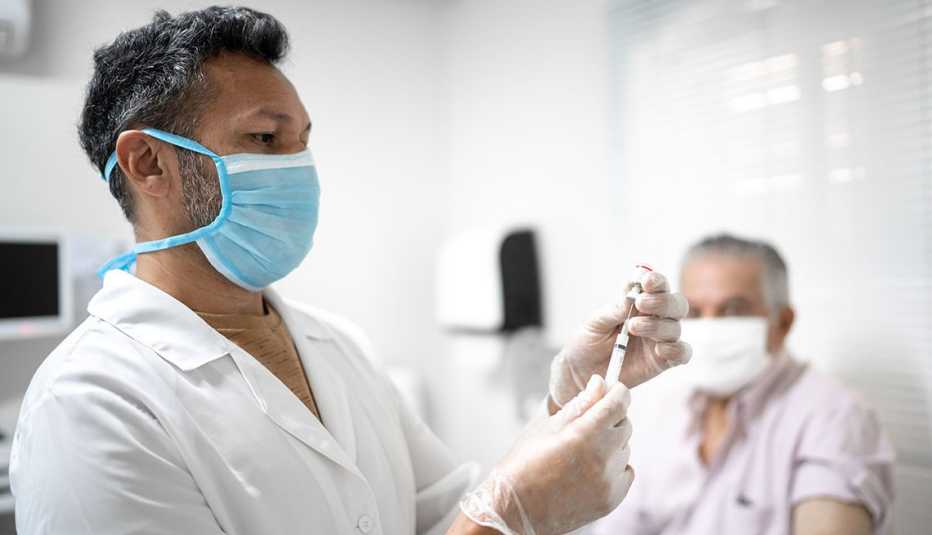Staying Fit
The Food and Drug Administration (FDA) Monday said calls to change the way two new COVID-19 vaccines are being administered in the U.S. are “premature and not rooted solidly in the available evidence.”
The FDA announced that it had been following discussions of administering half doses of the vaccine in two shots, or administering only one shot without the follow-up 21 or 28 days later, in order to extend its reach, but said in a statement: “Without appropriate data supporting such changes in vaccine administration, we run a significant risk of placing public health at risk, undermining the historic vaccination efforts to protect the population from COVID-19.”


AARP Membership— $12 for your first year when you sign up for Automatic Renewal
Get instant access to members-only products and hundreds of discounts, a free second membership, and a subscription to AARP the Magazine.
The rollout of the two vaccines that have received emergency use authorization in the U.S. (from Moderna and Pfizer-BioNTech) is slower than expected. While the federal government had promised that 20 million Americans would be vaccinated by the end of December, about 4.6 million had received their shot by Jan. 4. And they will need to receive a second vaccination soon (if they haven't had it already). The two vaccines were shown to be 95 percent effective in preventing COVID-19 in trials, based on a two-dose regimen: Pfizer-BioNTech vaccinations are meant to be given 21 days apart, Moderna's 28 days apart.
In response to the slow distribution of the vaccines, the rising COVID-19-related death toll in the U.S. (more than 350,000 as of Jan. 4) and the potential spread of an apparently more infectious form of the virus now prevalent in Britain, health officials have been considering certain shortcuts. Moncef Slaoui, Operation Warp Speed's chief scientific advisor, said in an interview on Sunday on CBS’ Face the Nation that experts were considering giving half of the recommended 100 microgram dose of the Moderna COVID-19 vaccine to people between the ages of 18 and 55. Studies have shown that that amount (in two doses) produces an identical immune response in that age group, Slaoui noted. Its efficacy for older people hasn't been studied.
Others have also suggested administering only one shot, without the follow-up 21 or 28 days later (or with a far longer delay before the second dose, as is planned in Britain). In a Washington Post op-ed piece on Sunday, Robert M. Wachter, chair of the department of medicine at the University of California at San Francisco, and Ashish K. Jha, dean of the Brown University School of Public Health, asserted that “we should give people a single vaccination now and defer their second shot until more doses of vaccine become available … to vaccinate as many people as quickly as possible to save the most lives."



































































